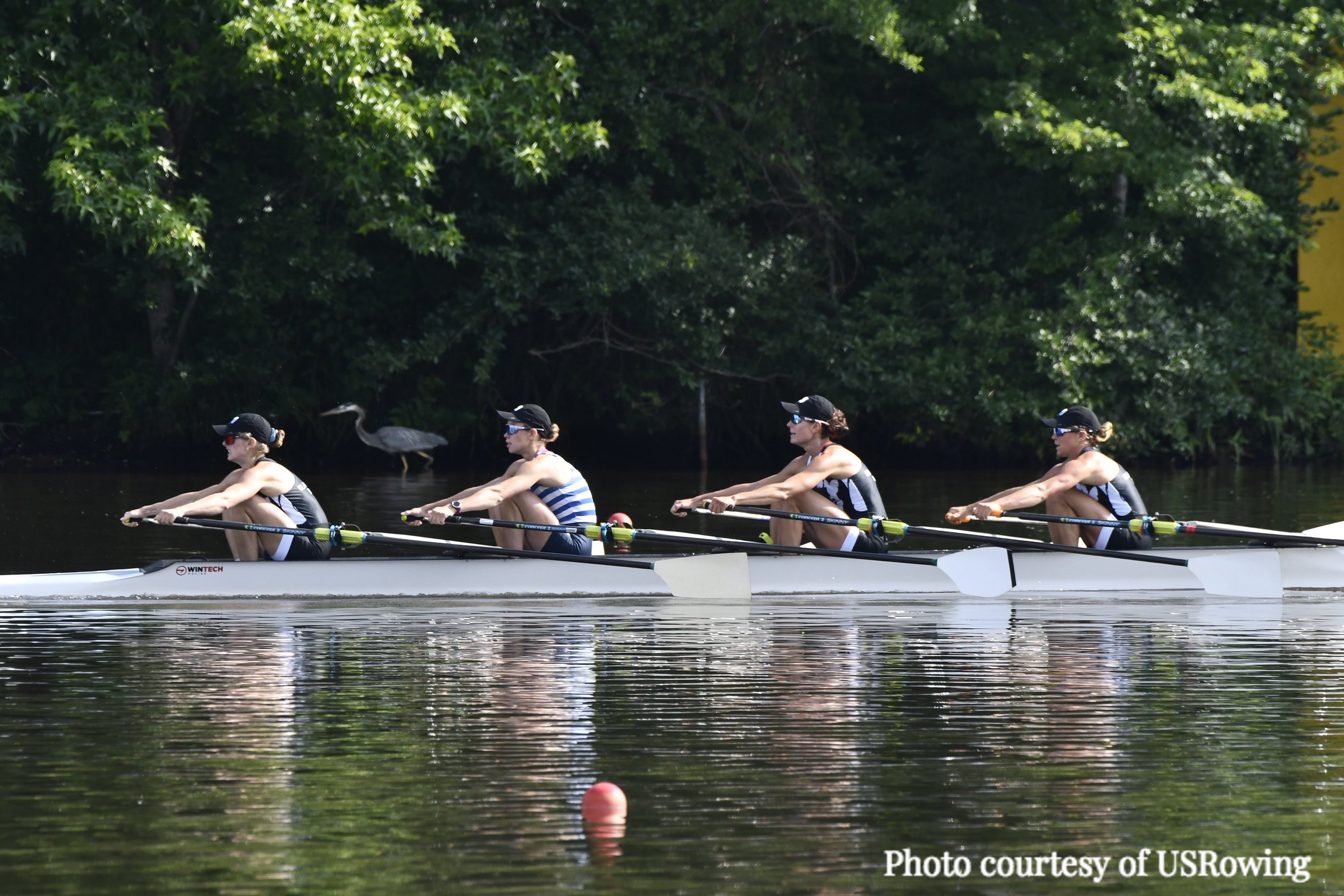Continuing our retrospective look at 2016, the following are outdoor season highlights of Riverside Boat Club’s sculling, juniors and the High Performance Group programs.
Scullers
Despite being a relatively low maintenance bunch, scullers had no fewer than four coaches in 2016, starting with 1984 Olympic Gold Medalist and MIT Varsity Women's Coach Holly Metcalf in the late spring and summer and continuing with the Dream Team of Sarah Baker (nee Schwegman), Kevin McDonnell, and Andrew Hashway into the fall.
Riverside’s April season opener, the Crusher Casey Challenge, was won by Mike Farry and Ilana Zieff. After about a month of "on your own" rowing, Holly began coaching once the MIT rowing season ended. Mike Farry probably had the busiest summer of the bunch, joining the High Performance Group in winning the Men's Lightweight Quad at Canadian Henley, and winning the open A single at USRowing Master's Nationals. Mike also joined Igor Belakovskiy as training partners to US Olympic single sculler Gevvie Stone, who went on to take silver at the Rio Olympics.
Masters Nationals was a popular race for Riverside scullers. Alexis Belakovskiy won six medals, in the single, doubles and quads. Alexis and Ilana Zieff went one-two in the Open A Single. Ilana also finished second in the AA Lightweight Single. In one of the more exciting races of the regatta, Coach Andrew Hashway and Niles Kuronen teamed up for a 0.041 win in the A Double. The two of them also joined Matt Muffelman and Sean Wolf to win a bronze in the B Quad. Paul Dale won the G Lightweight Single. Kelley Woodacre, Meghan Brundage, Beatrice Simms and Sarah Leach won the Club A Quad. Alexis, Kelley and Tina Vandersteel teamed up with Union Boat Club's Catherine Infantino to win the B Quad. In total, including sweep entries, Riverside won 11 gold, five silver and 12 bronze medals, good enough for a seventh on the overall points list.
After a short break, the all-star team of Hashway, Baker and McDonnell took over the coaching duties, each conducting one session per week. With the Head of the Kevin series and the Head of the Charles looming, they were well attended. Liane Malcos Keister won the women's and overall Head of the Kevin, with a percentage of 99.6%, while Andrew Hashway, confirming that he can do more than coach, won the men's title with a 97.5% ranking.
At the Head of the Charles Regatta, Hashway defended his 2015 Masters Singles Title, while Malcos Keister finished second in the Masters Women's Singles. By a sizable margin, Sean Wolf and Pete Morelli defended their 2015 title in Masters Double as well. Catherine Widgery placed third in the Women's Veteran Singles. Jim McGaffigan was second in the Senior Masters Singles, the first of five Riverside entries in that event. The regatta also marked the return to competition by long time HPG coach Tom Keister, who teamed up with Igor Belakovskiy for a sixth place finish. Ashley Lanfer and Sarah White won the Women's Masters Double, while teammates Alexis Belakovskiy and Tina Vandersteel were third. Finally Sean Wolf joined Olympic gold medalist Lauren Schmetterling to win the mixed double.
To finish off the season, Tina Vandersteel won her category at the Silver Skiff Regatta in Torino, while Catherine Widgery finished second in hers.
Juniors
Riverside’s juniors utilize the Riverside fleet during the summer to improve their technique in both sweeping and sculling. Athletes are able to row singles for the first time, improve their skills in pairs and double, and learn how to move quads, fours, and eights efficiently. In 2016, RBC’s juniors had their deepest program yet. At Canadian Henley, where most of their events have 77 entries, a large number of its U17, U19, and U23 girls and boys boats advanced to the semi-finals.
In the fall, thanks to the many RBC members who lent their singles to the juniors, the program again had one of the largest contingents at the Head of the Quinobequin Regatta, the juniors-only singles race from Eliot to North Beacon. At HOCR, a Riverside girls’ double placed 14th and boys four placed 21st. The fall season was capped off with the Merrimack Chase, where good racing is always concluded with a bonfire and s'mores.
The High Performance Group
The goal of the High Performance Group is to qualify athletes to their respective National Teams; the PanAm Team, the World Championships, and the Olympic Games. Six of its athletes achieved that goal in 2016 by representing the USA at the U23 and Senior World Championships. Emma Betuel competed in the U23 LW1x (10th) and U23 LW4x (8th), Ashley Amos competed in the LW4x (5th), and Jacob Georgeson, Peter Schmidt, Chris Rogers, and Tobin McGee competed in the LM4x (12th).
Competing at Canadian Henley, their HPG teammates finished first in the Senior LM4x, Senior LM2-, and Senior LW2-. Other top three results were in the Senior W2- (2nd), Senior W4x (2nd), Championship M8+ (2nd), U23 LM2x (2nd), Senior W2x (3rd), Senior W2- (2nd), Senior LW2x (2nd), and Senior LM4- (2nd).
The Fall Speed Order at Princeton, NJ, which ranks east coast athletes and gives them the opportunity to make an impression on the National Team coaches and future rowing partners, is the HPG athletes’ priority autumn regatta. It entails a 6k erg test, which in turn determines the start order for a 4.5km headrace the following morning. Riverside’s results were:
6k erg test: W1x (2nd, 7th, 12th), LW1x (2nd, 3rd), LM1x (2nd, 3rd, 5th), and M1x (9th, 10th, 19th, 23rd, 26th).
4.5km race: M1x (8th, 9th, 15th, 22nd, 23rd), LM1x (1st, 3rd, 6th), W1x (8th, 13th, 14th), LW1x (2nd, 6th).
Finally, HPG athletes’ contribution to Riverside’s HOCR point trophy included the Championship M2x (12th), Championship W2x (6th and 7th), Championship M1x (11th), LM1x (3rd and 4th), Championship W1x (15th), and LW1x (4th and 13th).
Not counted in our Head of the Charles points championship total but worthy of note, HPG alumna and Olympic gold medalist Lauren Schmetterling returned to Riverside in the fall to explore the mysteries of sculling. The Head of the Kevin got the best of her—two bridges hit and one oarlock failure—but Lauren recorded a commendable fourth in the women’s championship single.
As these highlights make clear, 2016 was a rewarding year for Riverside Boat Club. We eagerly look forward to 2017, which will include sending a men’s sweep delegation to the Henley Royal Regatta.
Compiled by Dick Garver from reports from Igor Belakovskiy on the scullers, Katie Ruderman on RBC juniors, and Judith Vogel on the HPG.






